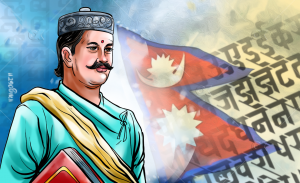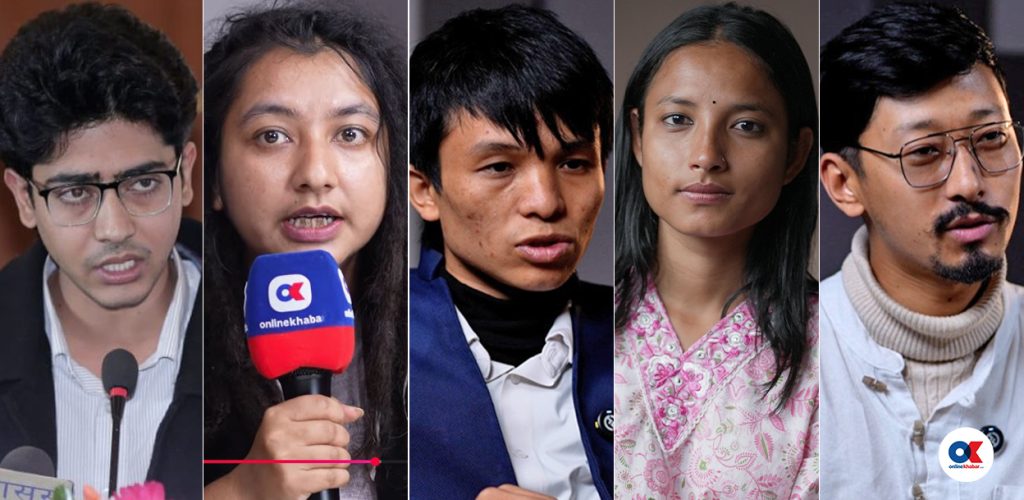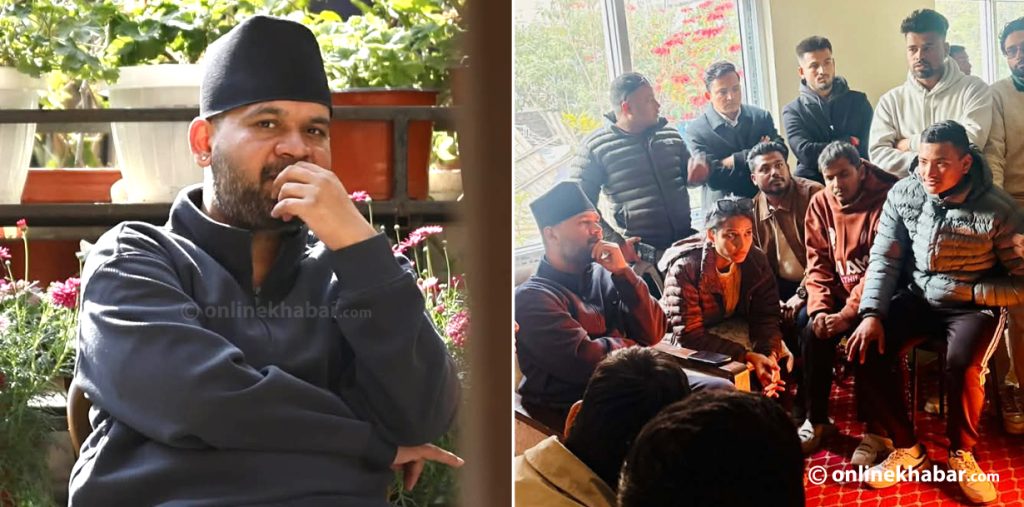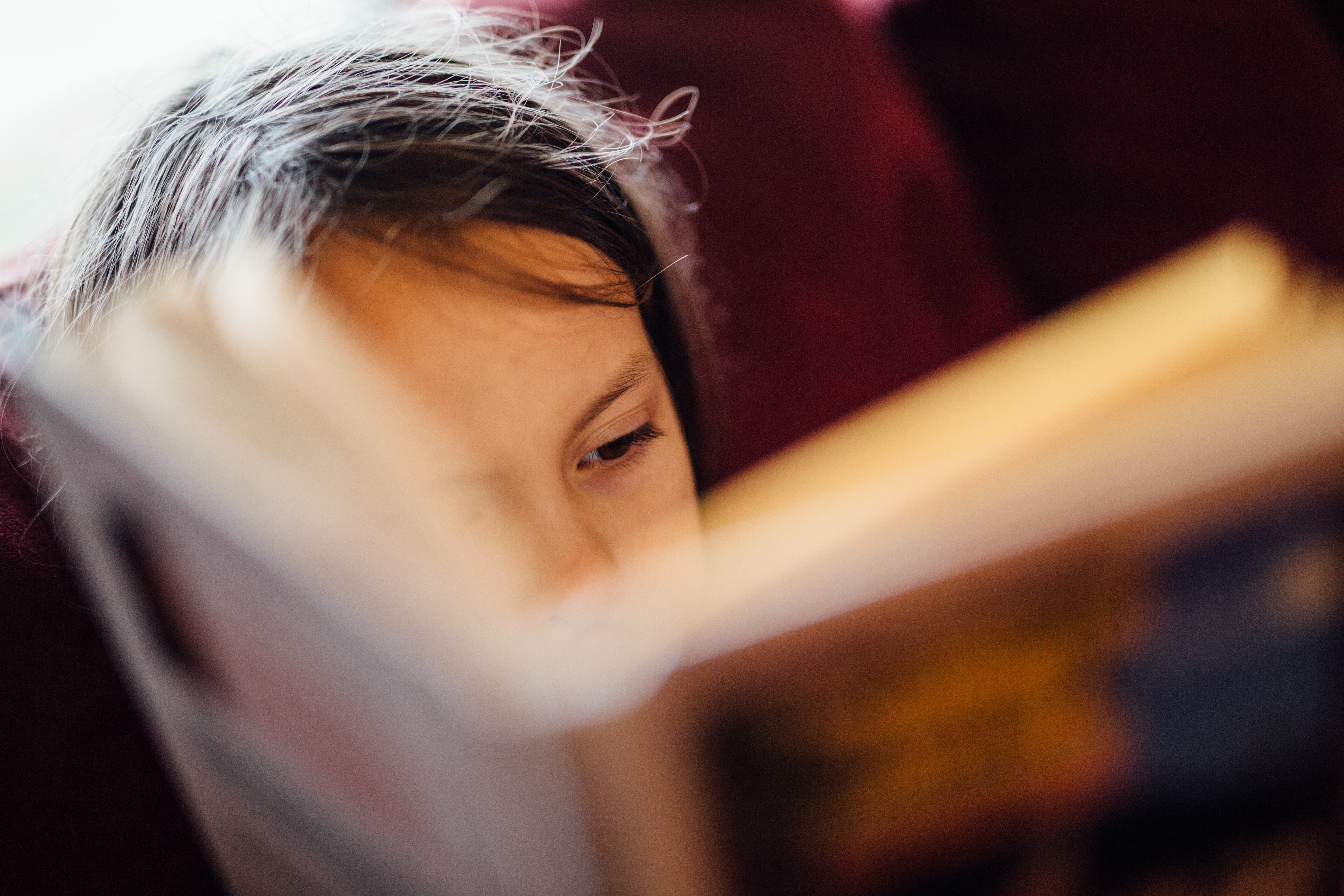
When Ashim Sharma went to buy a Nepali book for his 12-year-old, he was taken aback by the limited options available. Sharma’s daughter has a keen interest in reading, and eager to nurture that passion, he aimed to introduce her to Nepali literature. However, the disappointing quality and limited choices of books left him dissatisfied with the available options.
“She enjoys reading English fiction, and, seeing her interest, I wanted to introduce her to Nepali books as well. I was searching for some light-hearted fiction to help her grasp the language better since she mostly communicates with us in English. However, I was shocked to find that we lack quality books in that genre,” says Sharma.
With not many options to choose from, Sharma bought her a copy of the Muna Madan by Laxmi Prasad Devkota.
“She was not too keen on it and has asked me not to get her books like that,” he says.
The current state of Nepali children’s literature is disheartening, to say the least. While these books serve as crucial stepping stones for children to engage with Nepali literature, there is a lack of initiatives to encourage writers to create such content. Additionally, these books often struggle for adequate shelf space, hindering their accessibility and impact on young readers.
Lost in time

Since its inception 122 years ago during the regime of King Jaya Prithivi Bahadur Singh, Nepali children’s literature has undergone significant transformations. Over the years, it has adapted to address various issues, including changes related to language, market dynamics, and other aspects.
The most recent challenge faced by Nepali children’s literature appears to be the evolving societal landscape and a lack of accessibility, especially in schools. Observers frequently highlight the shortage of Nepali children’s literature in the majority of schools, pointing out that libraries often lack a sufficient collection of relevant books in this genre. But why is this happening?
Stakeholders say the main reason for this is how schools prioritise English books over Nepali ones. Author Pramod Pradhan says despite the content and language of Nepali children’s literature being progressive, schools have not made it as accessible to children.
“The schools need to take a long hard look at themselves. We have evolved so much that we only want our children to speak English. When that happens, Nepali books get lost,” says Pradhan.
He says that with many schools enforcing a policy of speaking only English on their premises, most children have become detached from using their first language.
“This detachment has had a detrimental impact on Nepali children’s literature, as the preference for English communication has led to a decline in the usage and appreciation of the Nepali language,” says Pradhan.
Pradhan, an author who has written extensively on the history of Nepali children’s literature, notes that there are approximately 5,000 books in this category. While the quantity of books is on the rise, as is their quality, Pradhan says access to these books for school children is significantly limited.
Lack of ownership

Educationist Bidya Nath Koirala puts this down to the price of the books. He says schools are reluctant to buy Nepali books which cost a lot more than old English classics.
“The publicity and promotion of Nepali children’s literature is also poor,” says Koirala. “I have asked many schools to translate these English classics and publish them but most of them don’t seem to care nor have they tried to promote Nepali children’s literature.”
Pradhan highlights another significant factor contributing to the detachment of school students from Nepali children’s literature—unawareness among teachers and guardians about its importance.
According to Pradhan, Nepali children’s literature plays a crucial role in promoting one’s own identity and culture. It serves as a relevant educational tool, offering insights into the children’s lifestyle. Pradhan further says that such books provide knowledge on subjects not covered in textbooks and contribute to enhancing creativity among students.
“The Nepali language is slowly heading towards crisis among the young generation, to overcome the situation too schools need to encourage students to Nepali children literature.”
According to publishers, a significant number of schools remain focused on textbook-oriented teaching methods. Rajeev Dhar Joshi, the director at Kathalaya, a publishing house dedicated to Nepali children’s literature, expresses concern that the teaching pedagogy in schools has largely overlooked the incorporation of children’s literature.
“This needs to change and schools and parents need to take ownership,” says Joshi who stresses the need for a broader integration of literary works beyond traditional textbooks in educational curricula.
Things are changing, says Joshi who has seen some changes starting with the provision of teaching Social Studies in the Nepali language. This, he believes, has contributed to the promotion of Nepali children’s literature in schools. Additionally, initiatives by some NGOs and INGOs to donate children’s books to schools have provided additional support.
Joshi says incorporating Nepali children’s literature into the educational curriculum will not only teach children, who grow up watching YouTube about Nepal and Nepali culture, but also contribute to improved comprehension and engagement among students.
Teaching in the primary language also facilitates better understanding,” says Joshi.
Joshi says some schools have started purchasing Nepali children’s literature for their libraries but he says the schools are doing so randomly which he feels is wrong.
“The children’s literature is published targeting specific age groups. The books made for grade 1 children will not be appropriate for kindergarten kids,” he says urging schools to be mindful of this.
Pradhan points out that when it comes to purchasing Nepali children’s literature, many schools prioritise those that give them a higher commission. This is why only a limited number of schools outside the valley are actively promoting Nepali children’s literature. The data for schools within Kathmandu is also not particularly encouraging, as only around 30 schools are actively promoting Nepali children’s literature.
Promoting and learning
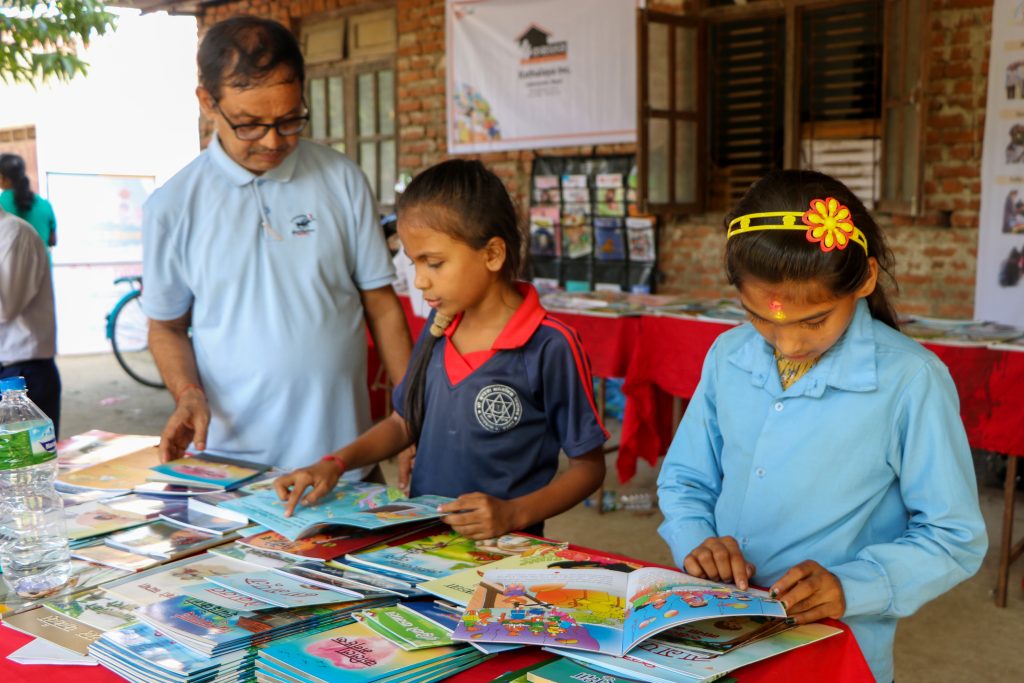
One such school is the Kathmandu-based Deerwalk Sifal School which has been promoting Nepali children’s literature. The school has initiated a campaign that made it mandatory for all students from grades 1 to 12 to complete one English and Nepali book every month. To facilitate this, the school has established two dedicated classes where students engage solely in reading the books given to them by the school.
Following the reading sessions, students participate in discussions and undertake specific tasks assigned by the teachers, all centred around the content of the books. This initiative not only encourages regular reading habits but also promotes literary discussions and critical thinking among students.
How do they choose the books? Firstly a committee of teachers review the book they receive from the publisher. They also visit publications and bookshops to personally select books which makes sure they have a diverse range of books for the students to read.
“We believe that if one’s primary language is strong, the secondary language will itself become stronger,” says Tej Prasad Kafle, head of the department of Nepali subjects at Deerwalk Sifal School. “That’s why we run this campaign in our school.”
Akin to Joshi, Kafle says that teaching in the primary language is more productive, as students can easily understand the context. He adds that their campaign to introduce students towards Nepali literature has proven effective.
“Over 300 articles written by our students, mostly in Nepali language, have been published in various media,” says Kafle.
To foster further development of the Nepali language among students, the school has introduced compulsory Nepali typing from grade 5 onwards.
DK Dhungana, president of Private and Boarding Schools’ Organization Nepal, notes that there is a recent trend in schools encouraging students toward Nepali literature.
“Things are changing and schools are trying to get students to get accustomed to Nepali literature,” says Dhungana.
He says that during Bhanu Jayanti, some schools have started conducting programmes related to Nepali literature in the past couple of years.
“It is a gradual process and we believe things will change with time,” he says.











